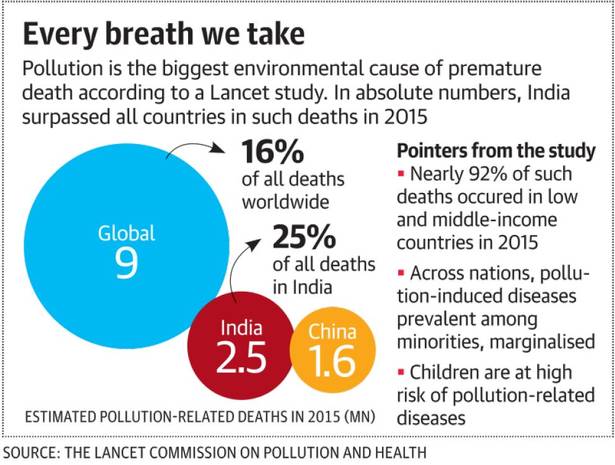
In developing countries, half the air pollution spurt is caused by local dust in the absence of proper roadside landscaping and emissions from industry and vehicles.
In India, for instance, pollution in cities caused by construction, coal and gas is coupled with crop burning in the outskirts, causing a massive network of smog that engulfs the landscape. This mix of rural and urban pollution is a menace, but it intensifies further in the winters, allowing dirty air to linger and cause greater health risks.
Does that mean the air is pure in summers?
No.
Geographically, India acts as a basin that traps pollution — making it impossible for millions of people to migrate and escape the toxicity. As a matter of fact, we are now seeing cases of reverse migration from cities to rural areas because of the hazardous levels of pollution. The general air of pandemonium and smog leaves a long-standing effect on the nation’s collective psyche.
As more and more cram into smog-shrouded cities, the polluted air makes people spend more time indoors. That in turn increases energy demands, leading to more coal and wood use. The result is a feedback loop that aggravates the situation beyond repair.

In 2015, the Lancet Commission reported 9 million premature deaths around the world due to air pollution. 2.5 million of these deaths were in India, the most in any single country.
3 years later, where do you think we stand now?
It’s time to #ClearTheAir and change the way we live. Embrace good habits, keep your surroundings clean and opt for a good air purifier today.